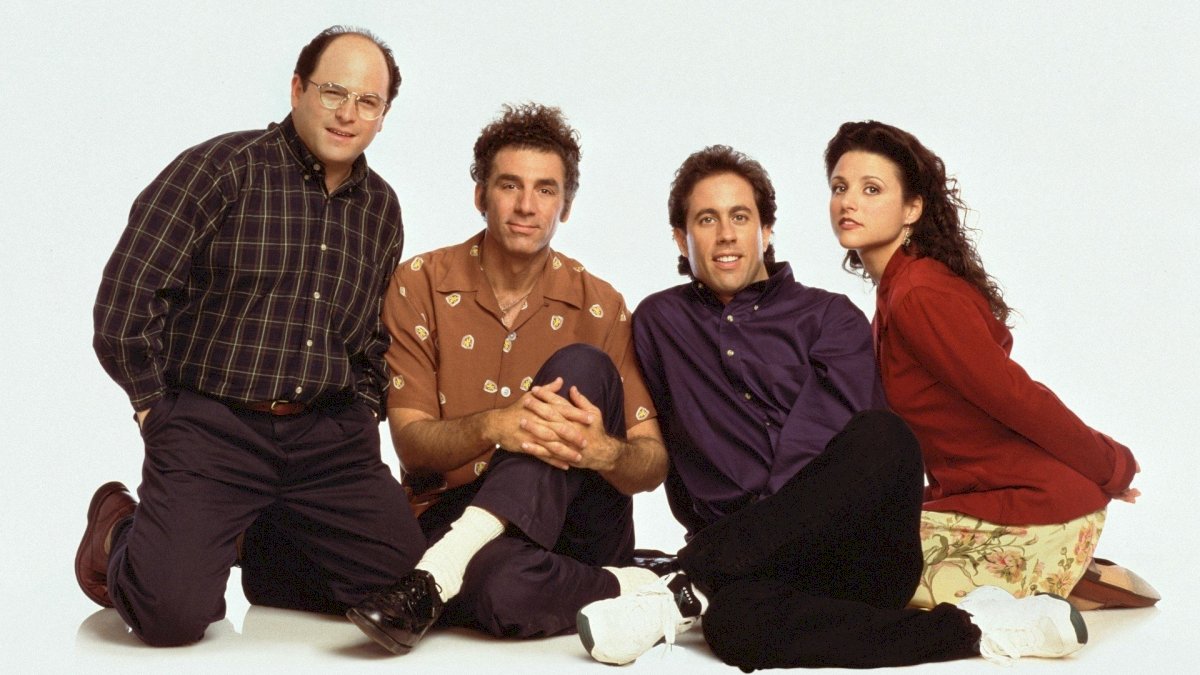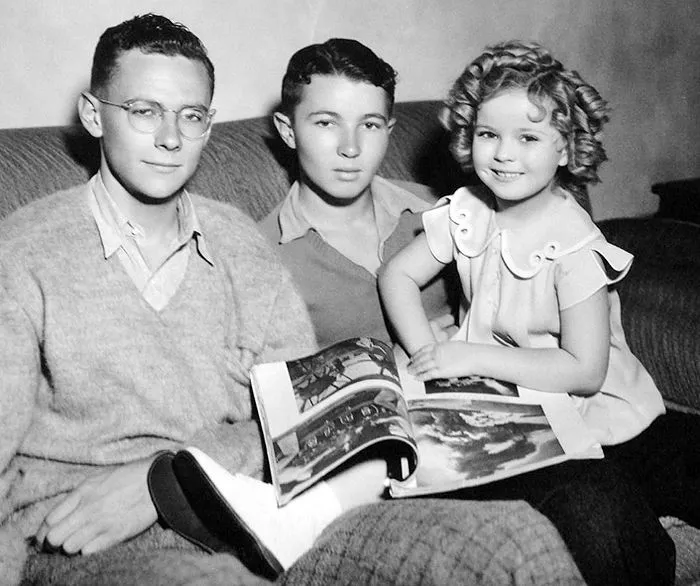April 4, 1963, was a memorable day in American history as President John F. Kennedy and First Lady Jacqueline Kennedy hosted a delightful children's party on the South Lawn of the White House. This event was more than just a social gathering; it was a symbol of the Kennedy administration's emphasis on youth, family, and cultural enrichment. The party, which brought together children from various backgrounds, showcased the Kennedys' commitment to creating a warm, welcoming atmosphere at the White House.

When John F. Kennedy became President in 1961, he and Jacqueline Kennedy transformed the White House into a cultural hub.
They were determined to make it not only the seat of government but also a place that reflected the vibrancy and potential of the nation.
Jacqueline Kennedy, in particular, played a pivotal role in revamping the image of the White House.
Her passion for the arts and history led to significant renovations and the introduction of new traditions that resonated with the American public.
The children's party on April 4, 1963, was an example of how the Kennedys opened the White House to ordinary citizens, especially young people.
It highlighted their desire to make the presidential residence more accessible and relatable. By focusing on children, the Kennedys underscored their belief in the future generation's role in shaping America.

The South Lawn of the White House, with its sprawling green lawns and magnificent trees, provided the perfect setting for a children's party.
The weather on April 4 was pleasantly mild, allowing for a range of outdoor activities. The event was meticulously planned to ensure that every child felt special and engaged.
The party featured an array of entertainment, including clowns, magicians, and performers who captivated the young audience.
Carnival-style booths were set up, offering games and treats like cotton candy, popcorn, and ice cream. The air was filled with laughter and excitement as children enjoyed the festivities, running around the lawn, playing games, and making new friends.
The Kennedys were known for their charisma and ability to connect with people, and this event was no exception.
President Kennedy, with his approachable demeanor, mingled with the children, engaging them in conversation and participating in some of the games.
Jacqueline Kennedy, elegant and gracious as ever, moved effortlessly through the crowd, ensuring that every child felt welcome and included.

The guest list for the children's party was as diverse as it was inclusive. Children from different backgrounds, including those from underprivileged communities and various schools in the Washington, D.C. area, were invited to join in the celebration.
This inclusivity reflected the Kennedys' commitment to reaching out to all Americans, regardless of their socio-economic status.
In addition to the children, several notable figures attended the event. Members of the Kennedy family, including
Caroline Kennedy and John F. Kennedy Jr., were present, adding to the family-friendly atmosphere. Prominent figures from the world of arts, politics, and society also made appearances, highlighting the event's significance.

Jacqueline Kennedy's influence was evident in every aspect of the children's party. Her dedication to creating memorable experiences for young people was a hallmark of her time as First Lady.
She believed in the power of art, culture, and education to inspire and uplift, and she worked tirelessly to incorporate these elements into White House events.
Jacqueline's ability to connect with children was particularly remarkable. She had a natural warmth and understanding that endeared her to young guests.
During the party, she could be seen kneeling to speak with children at their eye level, asking them about their interests and ensuring they felt heard. Her genuine interest in their experiences made a lasting impression on those who attended.

The children's party on the South Lawn was not merely a festive occasion; it was a reflection of the cultural shifts occurring in America during the early 1960s.
The Kennedy administration was often referred to as "Camelot," a term that evoked a sense of idealism and progress.
The party symbolized the administration's vision of a vibrant, youthful America full of potential and promise.
The event also highlighted the importance of family and community, values that were central to the Kennedy administration's ethos.
By bringing together children from diverse backgrounds, the party emphasized unity and the belief that all children deserved opportunities for joy and enrichment.

The success of the children's party on April 4, 1963, set a precedent for future White House events.
The Kennedys' approach to hospitality and inclusivity influenced subsequent administrations, shaping how the White House engaged with the public.
The emphasis on creating meaningful experiences for young people became a lasting legacy of the Kennedy era.
Jacqueline Kennedy's efforts to open the White House to the arts and education inspired future First Ladies to continue her work.
The Kennedy Center for the Performing Arts, established in 1971, stands as a testament to her commitment to cultural enrichment and remains a vibrant cultural institution in Washington, D.C.

Looking back, the children's party on the South Lawn represents a moment in history when the White House became a symbol of hope and possibility.
The Kennedys' ability to connect with people, especially children, left a lasting impact on the nation.
Their vision of a more inclusive, culturally rich America resonated with citizens and continues to inspire future generations.
The tragic events that unfolded later in 1963, with the assassination of President Kennedy, only heightened the significance of moments like the children's party.
It serves as a poignant reminder of the Kennedys' dedication to creating a better, more united America.

The children's party on the South Lawn on April 4, 1963, was more than just a day of fun and games. It was a reflection of the Kennedys' commitment to making the White House a place of inspiration and joy for all Americans, especially the young.
Through their vision and dedication, the Kennedys left a lasting legacy that continues to influence the way the White House engages with the public today.
The party stands as a testament to the power of hospitality, inclusivity, and cultural enrichment in shaping a nation's identity.
It remains a cherished memory of the Kennedy era, a time when the White House became a beacon of hope and possibility for the American people.



